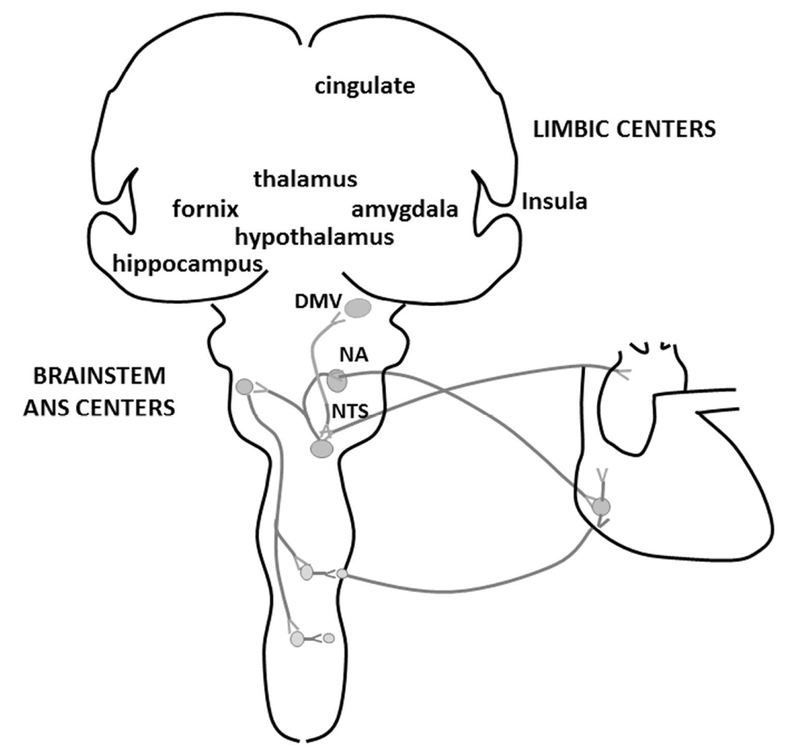Figure 2. Anatomy of the Central Autonomic Nervous System (ANS) and Limbic System Connections.

Together, the limbic and brain stem ANS centers regulate emotional, learned, and physiological body responses to the environment. The limbic system includes the amygdala, thalamus, fornix, hippocampus, hypothalamus, and cingulate gyrus. Parasympathetic tone and vagal activity is generated from the dorsal motor nucleus of the vagus (DMV) and from the nucleus ambiguus (NA). The nucleus of the solitary tract (NTS) is an important brainstem ANS center with both sympathetic and parasympathetic system functions. It receives peripheral afferent input from peripheral chemoreceptors and pulmonary mechanoreceptors to control cardiovascular and respiratory system functions. A behavioral response or stress triggers the limbic system to affect ANS tone which results in physiologic effects on heart rate, respiratory rate, and blood pressure.
